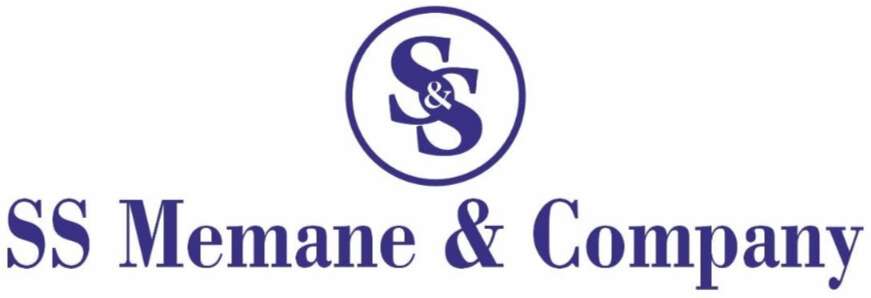ITR-6 Return
Quick Contact
Documents Required
- PAN Details
- Invoice Details
- Bank Statements
- Form 26AS
ITR-6 Return
ITR-6 is an income tax return form used by companies registered under the Companies Act, 2013 (or any previous company law) that do not claim exemptions under Section 11 (which applies to income from property held for charitable or religious purposes). This form is primarily used by businesses, including private limited companies, public limited companies, and other entities structured as corporations.
Eligibility Criteria for ITR-6
Who Can File ITR-6:
All companies registered under the Companies Act, 2013, except those claiming exemptions under Section 11.
Companies engaged in manufacturing, trading, service provision, or any other business activities.
Companies that have income from various sources such as business profits, capital gains, house property, and other sources.
Who Cannot File ITR-6:
Companies that claim exemptions under Section 11 (primarily charitable or religious institutions).
Individuals, HUFs, firms, LLPs, and other entities that are not registered as companies under the Companies Act.
Documents Required
PAN Card:
Permanent Account Number of the company.
Financial Statements:
Balance sheet, profit and loss statement, and cash flow statement for the financial year.
Tax Audit Report:
Mandatory if the company’s turnover exceeds the prescribed limit, as per Section 44AB.
Form 26AS:
Annual tax statement showing details of TDS, TCS, and advance tax payments.
Details of Directors:
Information about the directors of the company, including their PAN and shareholding details.
Bank Statements:
Statements reflecting all financial transactions during the financial year.
Details of Shareholders:
List of shareholders with details of their shareholding percentage.
Details of Investments:
Information about the company’s investments in shares, securities, mutual funds, etc.
Depreciation Schedule:
Schedule showing the depreciation claimed on fixed assets.
TDS Certificates:
Certificates reflecting the tax deducted at source on income received by the company.
GST Returns:
If applicable, copies of GST returns filed during the financial year.
Process of Filing ITR-6
Gather All Necessary Documents:
Collect all the required financial statements, tax audit reports, bank statements, and other relevant documents.
Download or Access ITR-6 Form:
Access the ITR-6 form through the Income Tax Department’s e-filing portal.
Fill in Company Information:
Enter basic details such as the company’s name, PAN, address, and details of the directors and shareholders.
Provide Financial Details:
Input details from the profit and loss statement, balance sheet, and cash flow statement. Report income from business profits, capital gains, house property, and other sources.
Calculate Depreciation:
Enter the depreciation on fixed assets as per the Income Tax Act’s provisions.
Claim Deductions:
Provide details of deductions under Chapter VI-A to reduce taxable income.
Compute Tax Liability:
The form will auto-calculate the tax liability based on the income and deductions provided.
Attach Tax Audit Report:
Attach the tax audit report if the company’s accounts are subject to audit under Section 44AB.
Pay Additional Tax:
If there is any additional tax liability, pay it using Challan ITNS 280 and enter the payment details in the form.
Review and Submit:
Carefully review all the details entered, and submit the ITR-6 form online through the Income Tax e-filing portal.
E-Verify the Return:
Complete the process by e-verifying the return using digital signatures, which is mandatory for companies.
Advantages
Comprehensive Reporting:
Facilitates detailed reporting of income from various sources, ensuring compliance with tax laws.
Tax Planning:
Allows companies to claim various deductions and exemptions, aiding in effective tax planning.
Mandatory for Companies:
Ensures that companies fulfill their legal obligations under the Income Tax Act.
Audit and Transparency:
The form facilitates the audit process, enhancing transparency in financial reporting.
Detailed Financial Reporting:
ITR-6 requires detailed reporting of financial transactions, ensuring accurate tax liability calculation.
Disadvantages
Complexity:
The form is detailed and complex, requiring significant time and effort to fill out accurately.
Professional Assistance Needed:
Companies may need to seek professional help from accountants or tax consultants, incurring additional costs.
Audit Requirement:
Companies whose accounts are audited under Section 44AB need to attach the audit report, adding to the compliance burden.
Time-Consuming:
The process of gathering documents, preparing financial statements, and filing ITR-6 can be time-consuming.
Not Suitable for Small Entities:
Small businesses or entities not structured as companies cannot use this form.
- Copyright 2024 © SS Memane || Designed By || Mr. Sunil Memane


